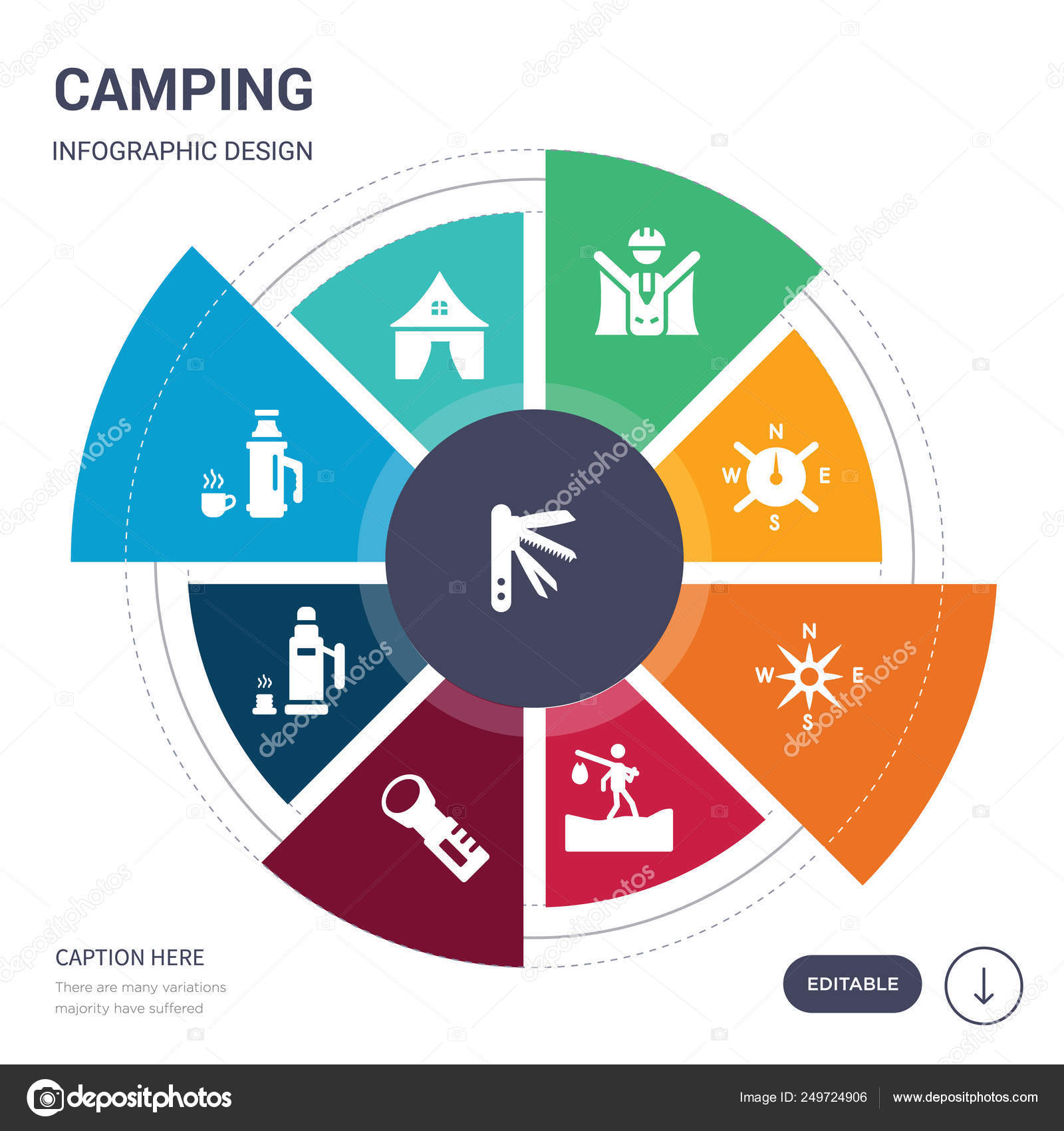Discover The Right Way To Sell Camping Tents With These Tips
Discover The Right Way To Sell Camping Tents With These Tips
Blog Article
Does Your Backpacking Outdoor Tents Required a Footprint?
A footprint is costly and adds extra weight to your backpack. It also isn't especially resilient.
How do you go camping at glamping?
Ultimately, whether or not a tent footprint is required depends on where and how frequently you're camping. In general, it's a good idea to use one if you camp on abrasive surface areas or in damp problems.
Camping Tents with Reduced Deniers and Waterproof Ratings
Tents with lower deniers and water-proof rankings often tend to be lighter, yet they can likewise be much more fragile. They may need even more regular repair work and have less interior room than harder versions. If you're an informal backpacker that suches as to travel quick and light, this might be fine; however, more experienced walkers recognize that giving up toughness can include huge repercussions down the trail.
The denier and waterproof ranking of a camping tent's cover, rainfly, and floor can assist you determine its livability. Look for higher-denier fabrics on the cover and rainfly, in addition to taped seams that help prevent water from seeping via stitches. Some makers even use heat and sealer throughout building to create a more powerful joint; these are called bonded seams.
The livability of a tent can also be established by its flooring dimensions and capacity. A tent's flooring must be somewhat smaller than the impact to avoid water from pooling under the shelter.
Outdoors Tents in Rough Surface
Numerous backpacking tents consist of an impact developed specifically for their version, which assists ensure a correct fit and secures the tent's base from dampness and sharp objects. Other makers sell global footprints that can be reduced or folded to match an outdoor tents's dimensions.
The sort of surface you'll experience is one more important factor to consider for canvas tent stove selecting a tent. As an example, if you'll be camping in a canyon or gully, try to find a shelter that can take care of solid winds. These conditions develop turbulence that can make the distinction in between enjoying your camping site or experiencing discomfort.
The capability and peak elevation of a camping tent offer you a great idea of its livability, yet additional variables to think about include vestibules (the area of the rainfly covering the doors) and overall storage room. For instance, throughout our wintertime testing of the Marmot Tungsten, its charitable 93-by-82-inch floor conveniently dealt with 4 sweaty backpackers and their puffier shoulder period sleeping bags while still leaving enough space for gear and people.
Tents in Damp Conditions
Even if your outdoor tents appears completely dry, moisture prowls in the nooks and crannies. Gradually, it can degrade the material. That's why it's so important to capitalize on rest days to deep-clean your camping tent and its components, such as zipper cellular linings, risk loops and flexible webbing bands.
Likewise, see to it to pitch your tent in a level area, not a divot or concave area, so that ground water does not accumulate between the camping tent flooring and footprint or tarpaulin. And if you're using an impact, take into consideration a custom-cut one designed for your camping tent's layout. It won't gather rain the method a common ground cloth or tarpaulin can.
Practice setting up and taking down your camping tent in the house before you hit the trail, to get a feel for exactly how quickly and efficiently you can do it. Additionally, technique scouting your camping tent in different surfaces to see just how very easy it is (or isn't) to do in bad weather.
Outdoors Tents in High-Rise Situations
Outdoors tents range in floor dimension and livability. For example, a large tent with twin doors and vestibules like Marmot's Tungsten can take care of 4 backpackers without requiring acrobatics to enter and out or to save equipment.
The minimal trail weight spec is the most effective spec to contrast versions, as it consists of the bare basics: tent body, rainfly and posts. Yet keep in mind that the spec omits camping tent stakes, man lines and things sacks.
The majority of backpacking tents can hold up to a light summertime tornado, but some can be swept away by gale-force gusts. Search for a design with solid posts, a raised bathtub-style floor and joint taping to lower the opportunity of water seeping with. Pricier styles additionally tend to feature stronger products that can stand up to the influence of debris and other forces.
How much is a small tent?
